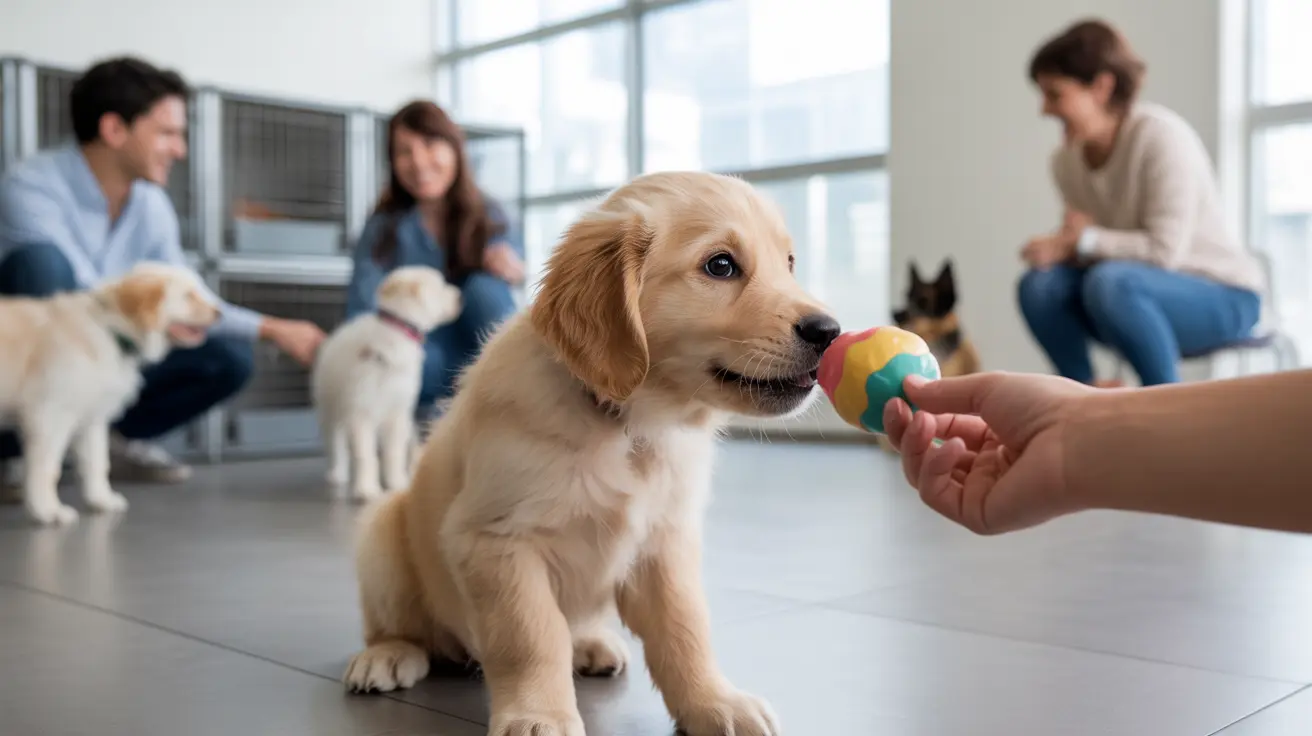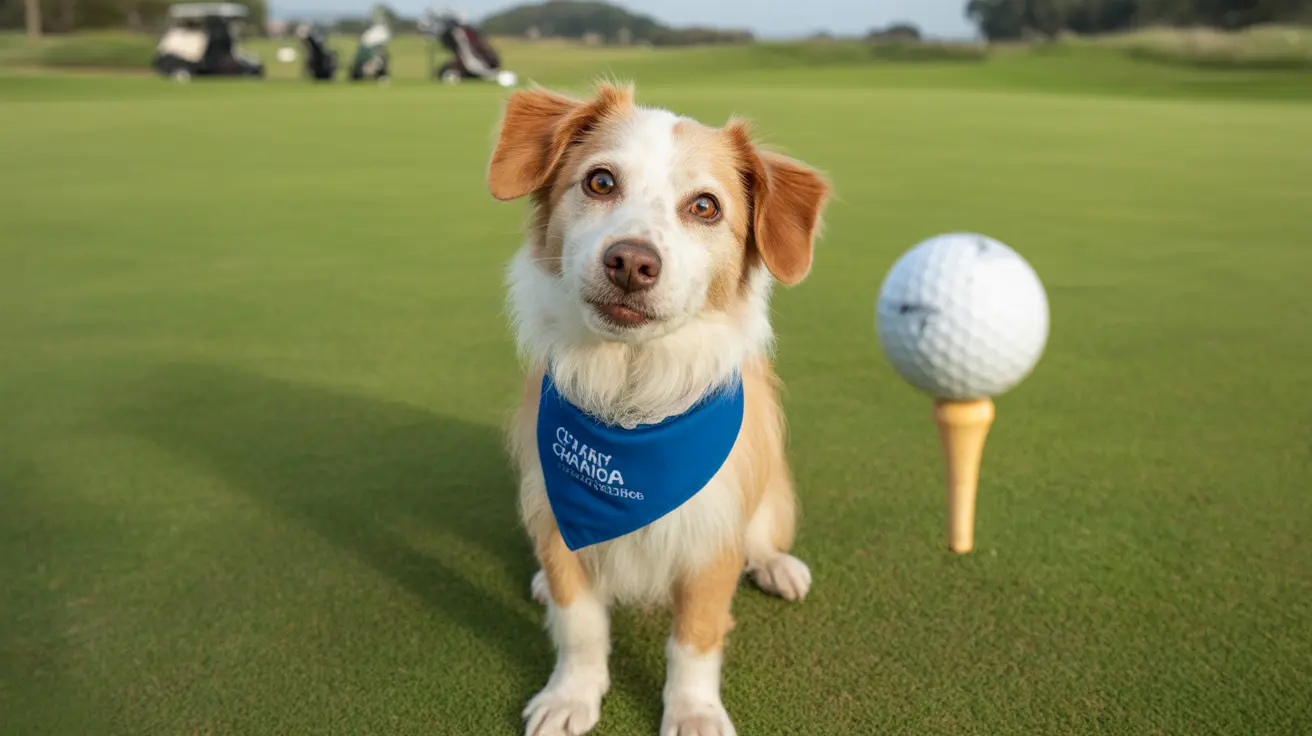The Science Behind Why Dogs Enjoy Petting
Dogs have evolved alongside humans for thousands of years, developing a unique bond that's strengthened through physical touch. Scientific research confirms that most dogs not only enjoy being petted but actually benefit from it both physically and emotionally. This intimate interaction triggers the release of oxytocin, often called the "love hormone," in both dogs and their human companions.
When you pet your dog, you're actually engaging in a behavior that mimics the nurturing touch they received as puppies from their mother. This connection explains why many dogs find petting so comforting and why it serves as such a powerful bonding tool between humans and their canine companions.
Understanding Your Dog's Favorite Petting Spots
Most dogs have specific areas where they particularly enjoy being petted, though these preferences can vary significantly between individuals. Generally, dogs tend to favor:
- Chest area
- Base of the neck
- Shoulders
- Base of the tail
- Behind the ears
These locations are typically "safe zones" where dogs feel comfortable being touched, as they can easily see the person petting them and maintain a sense of control over the interaction. However, it's crucial to pay attention to your individual dog's preferences, as some may have unique sensitive areas or particular favorites.
Reading Your Dog's Body Language
Understanding whether your dog is enjoying being petted requires careful attention to their body language. Positive signs include:
- Relaxed body posture
- Leaning into your touch
- Soft, content facial expression
- Gentle wagging tail
- Staying close or coming back for more
Conversely, signs that your dog may not be enjoying the petting include turning away, moving away, lip licking, yawning, or showing a tense body posture. These signals indicate that you should stop petting and give your dog space.
The Health Benefits of Petting Your Dog
Regular petting sessions don't just feel good - they offer significant health benefits for both dogs and their human companions. For dogs, petting can help reduce anxiety, lower blood pressure, and decrease stress hormones like cortisol. It can also strengthen the human-animal bond and provide emotional security.
For humans, the benefits are equally impressive. Studies have shown that petting dogs can:
- Lower blood pressure
- Reduce stress and anxiety
- Release endorphins and oxytocin
- Improve mood
- Decrease feelings of loneliness
Best Practices for Petting Dogs
To ensure the most positive experience when petting a dog, follow these guidelines:
- Always let the dog approach you first
- Start with gentle strokes rather than vigorous patting
- Pay attention to the dog's reactions
- Avoid sensitive areas like paws and tail until trust is established
- Never force interaction if the dog seems uninterested
Frequently Asked Questions
Why do dogs generally like being petted and how does it benefit them emotionally?
Dogs enjoy being petted because it releases feel-good hormones like oxytocin and provides emotional comfort similar to the nurturing they received as puppies. It strengthens their bond with humans and helps reduce anxiety and stress.
What are the best areas to pet a dog to ensure they enjoy the experience?
Most dogs prefer being petted on their chest, shoulders, base of the tail, and behind the ears. Always start with these safer areas and watch for positive responses before exploring other spots.
How can I tell if my dog is comfortable or uncomfortable while being petted?
Comfortable dogs will show relaxed body language, lean into the touch, and maintain soft expressions. Uncomfortable dogs might turn away, lick their lips, yawn, or show tense body language.
Can petting my dog help reduce my stress and improve my health?
Yes, petting dogs has been scientifically proven to lower blood pressure, reduce stress hormones, and release mood-boosting chemicals in humans. Regular interaction can improve both mental and physical health.
How should I approach petting a dog that has individual sensitivities or past trauma?
Approach sensitive dogs slowly and calmly, letting them initiate contact. Start with gentle pets in non-threatening areas like the chest, and always respect their boundaries. Consider working with a professional trainer for specific guidance.
Conclusion
Understanding and respecting your dog's petting preferences is key to maintaining a strong, trusting relationship. While most dogs enjoy being petted, each has unique preferences that deserve attention and respect. By learning to read your dog's body language and responding appropriately, you can ensure that petting remains a positive, bonding experience for both of you.






